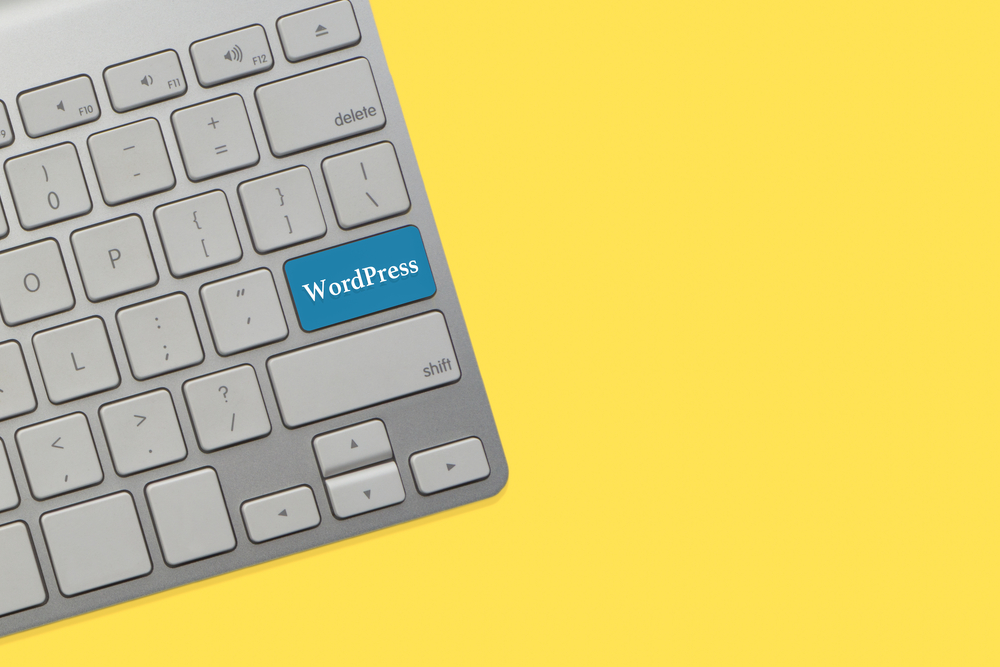
Mastering WordPress: Essential Tips for Customization & Maintenance
WordPress has become the go-to platform for building websites. With its user-friendly interface and extensive customization options, it is no wonder that millions of websites are powered by WordPress (the platform for bloggers) . Whether you are a seasoned developer or a beginner, mastering WordPress (the blogging platform) 's customization and maintenance can greatly enhance your website's functionality and performance. In this article, we will explore some essential tips for customizing and maintaining your WordPress (or WP) website.
1. Choose the Right Theme
Choosing the right theme is a critical step in customizing your WordPress (WP) website. A theme determines the overall appearance and functionality of your site. Thankfully, WordPress offers an extensive collection of free and premium themes. When selecting a theme, consider your website's purpose and target audience. Look for a theme that is visually appealing, responsive, and easily customizable. Additionally, ensure that the theme is regularly updated and supported by the developer to avoid any compatibility issues in the future.
2. Customize Your Theme
Once you have chosen a theme, it's time to customize it to fit your brand and style. WordPress provides numerous customization options, allowing you to personalize your website without any coding knowledge. Start by updating your site's title, tagline, and logo in the WordPress Customizer. Next, explore the available customization options within your theme's settings. You can usually change colors, fonts, layouts, and more. If you want to take customization to a whole new level, consider using plugins like Elementor or Beaver Builder, which offer drag-and-drop functionality for advanced page building.
3. Optimize Your Website's Performance
A slow website can deter visitors and negatively impact your search engine rankings. Therefore, optimizing your WordPress website's performance is crucial. Begin by choosing a reliable hosting provider that offers excellent server performance. Additionally, consider installing a caching plugin like W3 Total Cache or WP Super Cache, which can significantly improve your website's loading speed. Furthermore, optimize your images by using compression tools or plugins to reduce file sizes without compromising quality. Lastly, regularly update WordPress, themes, and plugins to ensure compatibility and security.
4. Secure Your Website
WordPress is a popular target for hackers, making website security a top priority. Fortunately, there are measures you can take to protect your WordPress website from malicious activities. Firstly, choose a strong password for your admin account and avoid using "admin" as the username. Enable two-factor authentication for an added layer of security. Regularly backup your website's files and database in case of any security breaches or data loss. Consider using security plugins like Wordfence or Sucuri to scan and monitor your site for vulnerabilities. Lastly, always keep your themes, plugins, and WordPress itself up to date to patch any security flaws.
5. Utilize Plugins
WordPress offers an extensive library of plugins that can enhance your website's functionality and add exciting features. From contact forms and social media integration to SEO optimization and performance monitoring, there is a plugin for almost everything you need. Before installing a plugin, read reviews and check its compatibility with your version of WordPress. Avoid installing too many plugins, as it can bog down your website and increase the risk of conflicts or security vulnerabilities. Regularly review and update your plugins to ensure optimum performance and security.
Frequently Asked Questions
1. Can I change my WordPress theme after I have built my website?
Yes, you can change your WordPress theme at any time. However, switching themes may affect your website's appearance and layout. It's recommended to thoroughly test a new theme on a staging site or make a backup of your current site before making any changes.
2. How often should I update WordPress and its plugins?
To ensure security and compatibility, it is advisable to update WordPress, themes, and plugins as soon as updates become available. Regular updates patch security vulnerabilities, introduce new features, and fix bugs.
3. Are free themes less secure than premium ones?
Not necessarily. While premium themes generally offer better support and additional features, free themes can also be secure if developed by reputable developers. It's important to check reviews and ratings before choosing a free theme and ensure it is regularly updated.
4. Can I use multiple caching plugins on my WordPress site?
No, it's not recommended to use multiple caching plugins simultaneously. The combination of multiple caching plugins may cause conflicts and potentially break your website's functionality. Choose one reliable caching plugin and configure it according to your needs.
5. How can I improve my website's search engine optimization (SEO) with WordPress?
WordPress itself is designed to be SEO-friendly. However, you can further enhance your website's SEO by installing an SEO plugin like Yoast or All in One SEO Pack. These plugins offer features such as XML sitemap generation, meta tags optimization, and content analysis to help you optimize your site for search engines.
Other useful resources
- https://www.wordpress24plus.com/services/
- https://www.wordpress24plus.com